Noodles are long, thin strips of dough made from flour, water, and sometimes eggs or other ingredients, commonly cooked by boiling, stir-frying, or steaming.

Ratings 05
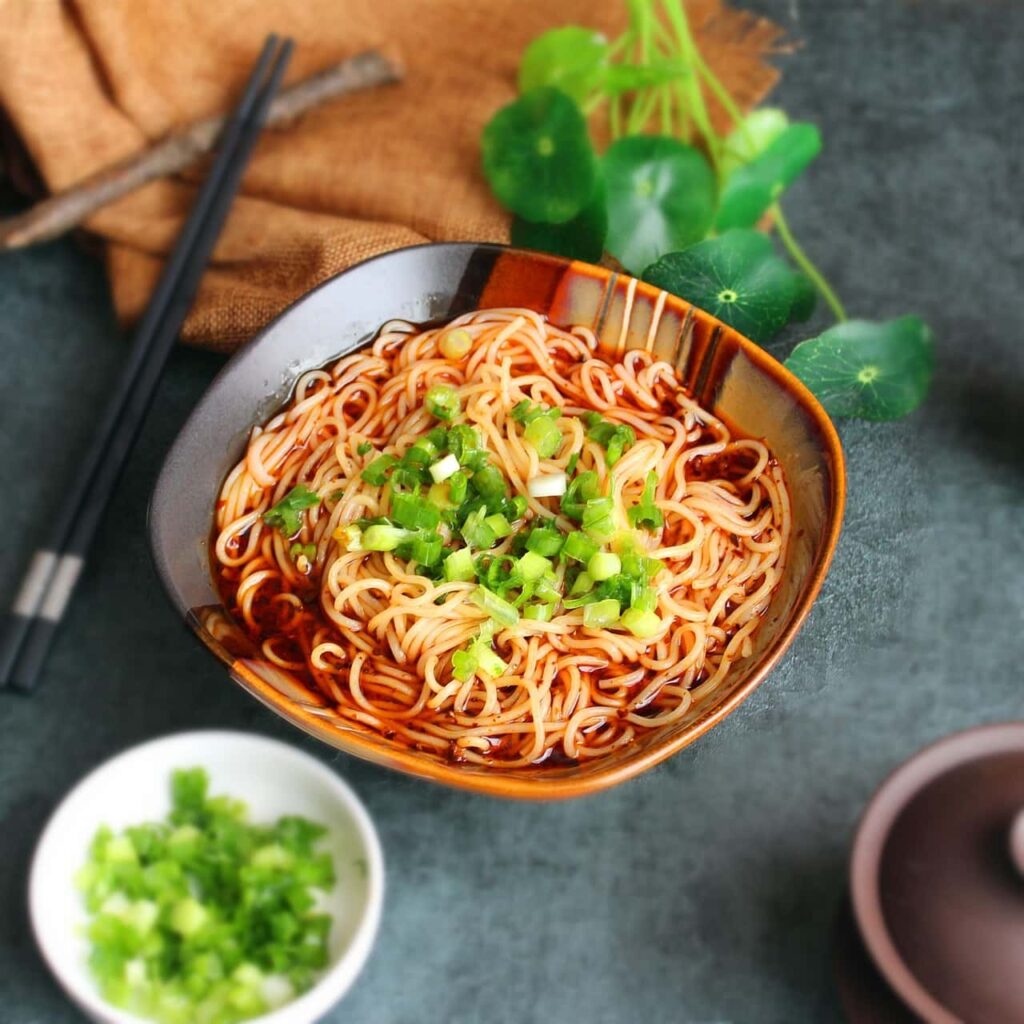
What Is The Noodles
01. What Are Noodles?
Noodles are long, thin strips of dough made from flour, water, and sometimes eggs or other ingredients, commonly cooked by boiling, stir-frying, or steaming. They are a staple food in many cultures and come in a wide variety of types, shapes, and textures.
02. Basic Definition:
Noodles are:
- Made primarily from flour (wheat, rice, buckwheat, mung bean, etc.)
- Combined with liquid (water or egg)
- Rolled out, cut, and then cooked
- Used in dishes like soups, stir-fries, salads, and bakes
03. Origins And Global Variations:
Noodles are found in cuisines across the world:
| Region | Noodle Type | Example Dish |
| China | Wheat, egg, or rice noodles | Lo mein, chow mein, dan dan mian |
| Japan | Udon, soba, ramen | Ramen, yaki udon, zaru soba |
| Italy | Pasta (a type of noodle) | Spaghetti, fettuccine, lasagna |
| Thailand | Rice noodles | Pad Thai, Pad See Ew |
| Korea | Sweet potato or wheat noodles | Japchae, Ramyeon |
| Vietnam | Rice vermicelli, pho noodles | Pho, Bun Cha |
| Sri Lanka / India | String hoppers (idiyappam) | Served with curry or coconut milk |
04. Ingredients (Common):
- Flour (wheat, rice, buckwheat, etc.)
- Water
- Salt
- Eggs (optional, for richer taste and color)
- Starch or gums (in some Asian noodles)
05. Forms Of Noodles:
- Dried Noodles: Long shelf life, need boiling
- Fresh Noodles: Softer, quicker to cook
- Instant Noodles: Pre-cooked, very fast to prepare
Fun Fact:
- The oldest noodles already found were in China and date back at least and over four thousand years!
Health Benefits Of Noodles
01. Health Benefits Of Noodles (When Eaten Wisely)
Noodles can be part of a healthy diet, especially when you choose whole-grain or nutrient-rich varieties and pair them with vegetables, lean proteins, and healthy fats.
02. Source Of Energy
Noodles are a wonderful source of complex carbohydrates, the body’s primary source of energy. They give quick power for everyday tasks, the brain, and the muscles.
03. Can Be Nutritious Depending On Type
- Whole wheat noodles: High in fiber, B vitamins, and minerals like magnesium and iron.
- Buckwheat noodles (Soba): Rich in antioxidants, fiber, and protein.
- Rice noodles: Gluten-free and easy to digest.
- Egg noodles: Contain added protein and fat from eggs for better satiety.
04. Low In Fat (If Not Fried)
Boiled noodles without sauces or frying are typically low in fat, making them a light option compared to deep-fried snacks or heavily sauced fast foods.
05. Versatile And Customizable
You can create nutrient-rich meals by combining noodles with:
- Vegetables (fiber, vitamins)
- Lean proteins (chicken, tofu, shrimp, eggs)
- Healthy fats (olive oil, sesame seeds, avocado)
06. Convenient And Accessible
- Easy to store and cook.
- Can be a cost-effective meal base.
- Ideal for quick, home-cooked meals with balanced ingredients.
07. Caution: Potential Downsides
While noodles can be healthy, be mindful of:
| Risk | Why It Matters | How to Improve |
| Refined flour noodles | low in fiber and nutrients | Choose whole-grain or soba |
| High sodium (instant) | can increase blood pressure | Limit seasoning packets |
| Overeating | High-calorie foods when eaten in large portions. | Watch the. serving size (1 cup cooked) |
| Fried noodles | higher in unhealthy fats | Opt for boiled or stir-fried |
08. Tip For Healthier Noodle Meals:
1/4 noodles + 1/4 protein + 1/2 pad veggies corresponds to a full meal.
Other Names That Can Be Used For Noodles
Here’s a list of other names or terms that can be used for noodles, depending on region, language, type, or preparation method:
01. General Synonyms Or Alternate Names:
| Term | Description |
| Pasta | Italian version of noodles (spaghetti, fettuccine, penne) |
| Ramen | Japanese wheat noodles, are often served in broth |
| Soba | Buckwheat noodles from Japan |
| Udon | Thick, chewy Japanese wheat noodles |
| Lo mein/chow mein | Chinese, stir-fried noodles (egg noodles) |
| Vermicelli | Thin rice or wheat noodles, used in Asia and Italy |
| Glass noodles | also called cellophane noodles, are made from mung bean or potato starch |
| Rice noodles | made from rice flour, used in Thai, Vietnamese, and Chinese cuisine |
| string hoppers (Idiyappam) | Indian as well as Sri Lankan steamed rice noodle nests |
| Hokkien noodles | Thick, yellow, wheat noodles popular in Malaysia and Singapore |
| Kway Teow / Hor Fun | Flat rice noodles used in Southeast Asian dishes |
| Mee / Mi / Mie | Common Southeast Asian word for noodles (Malay, Indonesian, Chinese dialects) |
| Instant noodles | Pre-cooked, flavored noodles (e.g., Maggi, Top Ramen) |
| Egg noodles | Wheat noodles with added egg, popular in many Asian dishes |
02. Names By Language/Region:
| Language/Region: | Word for Noodles |
| Chinese (Mandarin) | 面 (miàn) |
| Japanese | 麺 (men) |
| Korean | 면 (myeon) or 국수 (guksu) |
| Vietnamese | Bún (rice vermicelli), Phở (flat rice noodles) |
| Thai | เส้น (sen) |
| Italian | Pasta, Spaghetti, Tagliatelle, etc. |
| German | Nudeln |
| Sinhala (Sri Lanka) | නූඩ්ලස් (nūḍlas) |
| Tamil | நூடுல்ஸ் (nūduls) |
Tips For Making Noodles
01. Tips For Making Perfect Noodles
Whether you’re cooking basic noodles or making a full noodle dish, these tips will help you get the best texture, flavor, and presentation.
02. Use Plenty Of Water
Boil noodles in ample water (about 4–6 cups per 100g noodles). This prevents sticking and allows even cooking.
03. Salt The Water (For Pasta & Some Wheat Noodles)
Add 1–2 teaspoons of salt to the water for flavor. This is especially important for Italian-style pasta and egg noodles.
04. Stir Early And Often
Stir within the first minute and occasionally after that to prevent clumping.
05. Follow The Right Cook Time
Use package instructions as a guide, but start checking 1–2 minutes early. Noodles should be al dente (firm to the bite) unless otherwise preferred.
06. Rinse Or Don’t Rinse?
| Noodle Type | Rinse After Boiling? | Why? |
| Pasta | ❌ No | Keeps starch for sauce sticking |
| Wok noodles from Asia | ✅ Yes | cools them down as well as helps remove starch. |
| Cold noodles | ✅ Yes | Stops cooking, firms texture |
| Soup noodles | ❌ No or Brief Rinse | Keeps flavor and warmth |
07. Toss With Oil (If Not Using Immediately)
To avert sticking, toss noodles with some sesame or olive oil if they’ll be abandoned for a long time.
08. Undercook For Stir-Fry
Boil noodles 1–2 minutes less if you’re adding them to a hot wok later—they’ll finish cooking there.
09. Use The Right Noodle For The Dish
| Dish Type | Best Noodle Type |
| Stir-fry | Egg noodles, rice noodles, udon |
| Soup | Ramen, soba, vermicelli |
| Cold salads | Soba, rice noodles, glass noodles |
| Italian pasta | Spaghetti, penne, fettuccine |
10. Add Veggies Nnd Protein For Balance
Create a balanced meal by including:
- Vegetables (carrots, bell peppers, greens)
- Proteins (chicken, tofu, shrimp, egg)
- Healthy fats (sesame oil, avocado, nuts)
11. Customize With Flavor Boosters
Use sauces and toppings to elevate the flavor:
- Soy sauce, chili oil, hoisin, fish sauce
- Garlic, ginger, green onions, lime
- Toasted sesame seeds or crushed peanuts
FAQ Noodles
Frequently Asked Questions (FAQ) About Noodles
01. Are noodles And Pasta The Same Thing?
Not exactly.
- Noodles refer broadly to long, thin dough strips made from various flours (wheat, rice, buckwheat, etc.) and are popular in Asian cuisine.
- Pasta is a specific type of noodle made mainly from durum wheat and water, rooted in Italian cuisine.
All pasta is noodles, but not all noodles are pasta.
02. Are Noodles Healthy?
Yes, if chosen and cooked wisely.
- Whole grain, buckwheat, and rice noodles are better options.
- For a very well meal, involve lean protein and vegetables.
- Limit instant noodles high in sodium and preservatives.
03. How Then Can I Inhibit The Noodles From Having To Adhere To each Other?
- Use plenty of water when boiling.
- Stir during the first 1–2 minutes of cooking.
- Rinse with cold water for Asian noodles.
- If serving afterward, toss with a little oil.
04. What’s The Difference Between Rice Noodles And Egg Noodles?
- Rice noodles: Made from rice flour and water, usually gluten-free.
- Egg noodles: Made from wheat flour and eggs, yellowish and richer in taste.
05. Can Noodles Be Made At Home?
Yes!
The same additives for homemade noodles are flour, water, and (optionally) eggs.You can roll and cut them by hand or use a pasta machine.
06. Can Noodles Be Frozen Or Stored?
- Cooked noodles: Store in an airtight container in the fridge (up to 3–5 days). To maintain this from sticking, add a very little oil.
- Uncooked fresh noodles: Freeze in small batches for up to 1 month.
07. Are Noodles Gluten-Free?
Not all.
- Contain gluten: Wheat noodles, egg noodles, ramen, pasta.
- Gluten-free options: Rice noodles, glass noodles, soba (100% buckwheat), shirataki noodles.
08. Why Do Noodles Turn Mushy?
Overcooking or leaving them in hot water too long can make noodles mushy. Always follow cook times and rinse when needed (especially for rice or glass noodles).
09. Are Instant Noodles Bad For You?
They are okay occasionally, but not ideal for regular consumption.
Many have a excess fat, sodium, and additives. Improve them with fresh veggies and lean proteins.
10. What Dishes Can I Make With Noodles?
- Soups: Ramen, Pho, Laksa
- Stir-fries: Chow Mein, Pad Thai, Lo Mein
- Cold dishes: Soba salad, glass noodle salad
- Baked: Pasta bakes, lasagna
- Noodle curries: Khao Soi, Singapore noodles
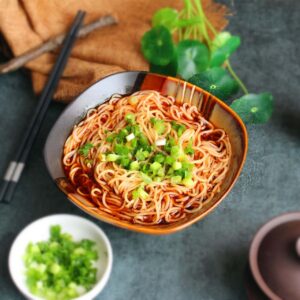
Noodles
Ingredients
- Dried noodles (e.g., spaghetti, ramen, egg noodles)
- Water
- Salt (optional)
- Oil (optional)
Instructions
Boil Water:
- Fill a large pot with water (about 4–6 cups per 100g of noodles). Bring it to a rolling boil over high heat.
Add Salt And Oil (Optional):
- Add 1 tsp of salt for flavor. You can also add a few drops of oil to prevent sticking.
Add Noodles:
- Gently place the noodles into the boiling water. Stir immediately to prevent clumping.
Cook
- Cook for 8–12 minutes for most dried wheat noodles or pasta.
- Stir occasionally.
- Check doneness by tasting a strand: it should be tender but firm (al dente).
Drain
- Pour noodles into a colander. Shake off excess water.
Rinse (Optional):
- For stir-fries or cold noodle dishes: rinse under cold water to stop cooking and reduce stickiness.
- For hot soups: no need to rinse.
Serve Or Use In Recipe:
- Add to soups, sauces, stir-fries, or salads as needed.
11. Common Adjustments By Noodle Type:
| Noodle Type | Cook Time | Special Notes |
| Instant noodles | 2–4 min | Usually pre-fried; often cooked in seasoning water. |
| Rice noodles | 5–8 min soak or boil | May need soaking in hot water instead of boiling. |
| Egg noodles | 4–6 min | Richer flavor; avoid overcooking. |
| Udon (fresh) | 2–3 min | Soft and chewy; rinse for stir-fries. |
| Soba (buckwheat) | 5–6 min | Rinse well after cooking to remove starch. |
-
BBQ Pork
Authentic Pork BBQ recipe with soy sauce, garlic, and ketchup marinade. Perfect for grilling, picnics, and family gatherings. Ratings 05 What Is the BBQ Pork? This same popular grilled dish is recognized as “pork barbecue” until it becomes made from marinated pork that is generally skewered on sticks and cooked over hot charcoal or an…
-
Ravioli
Learn how to make homemade ravioli with fresh pasta dough and delicious fillings like ricotta and spinach. Includes ingredients, step-by-step instructions, health benefits, tips, and FAQs. Ratings 05 What Is The Ravioli Ravioli is a traditional Italian stuffed pasta that’s popular worldwide. It is formed by interspersing a stuffing of cheese, meat, or vegetables between…
-
Tofu
Tofu recipe guide: ingredients, cooking instructions, health benefits, tips, and FAQs. Perfect vegetarian protein for healthy meals. Ratings 05 What Is The Tofu Tofu is a plant-based protein made from soybeans. It’s created by curdling fresh soy milk, pressing the curds into a solid block, and cooling it — a process similar to cheesemaking. Tofu…
-
Spaghetti
Spaghetti recipe with ingredients, step-by-step cooking instructions, health benefits, tips, and FAQs to make perfect Italian pasta at home. Ratings 05 What Is The Spaghetti? Spaghetti is a long, thin, cylindrical pasta that originated in Italy and is one of the most popular types of pasta in the world. 01. Common Spaghetti Dishes: This is…
-
Ramen
Easy homemade ramen recipe with step-by-step instructions, health benefits, cooking tips, and FAQs for the perfect Japanese noodle soup. Ratings 05 What Is Ramen? Made with wheat-based noodles and served in a flavorful broth. Ramen is also is yet another form of Japanese noodle soup generally ready with green onions, sliced pork (chashu), seaweed, soft-boiled…

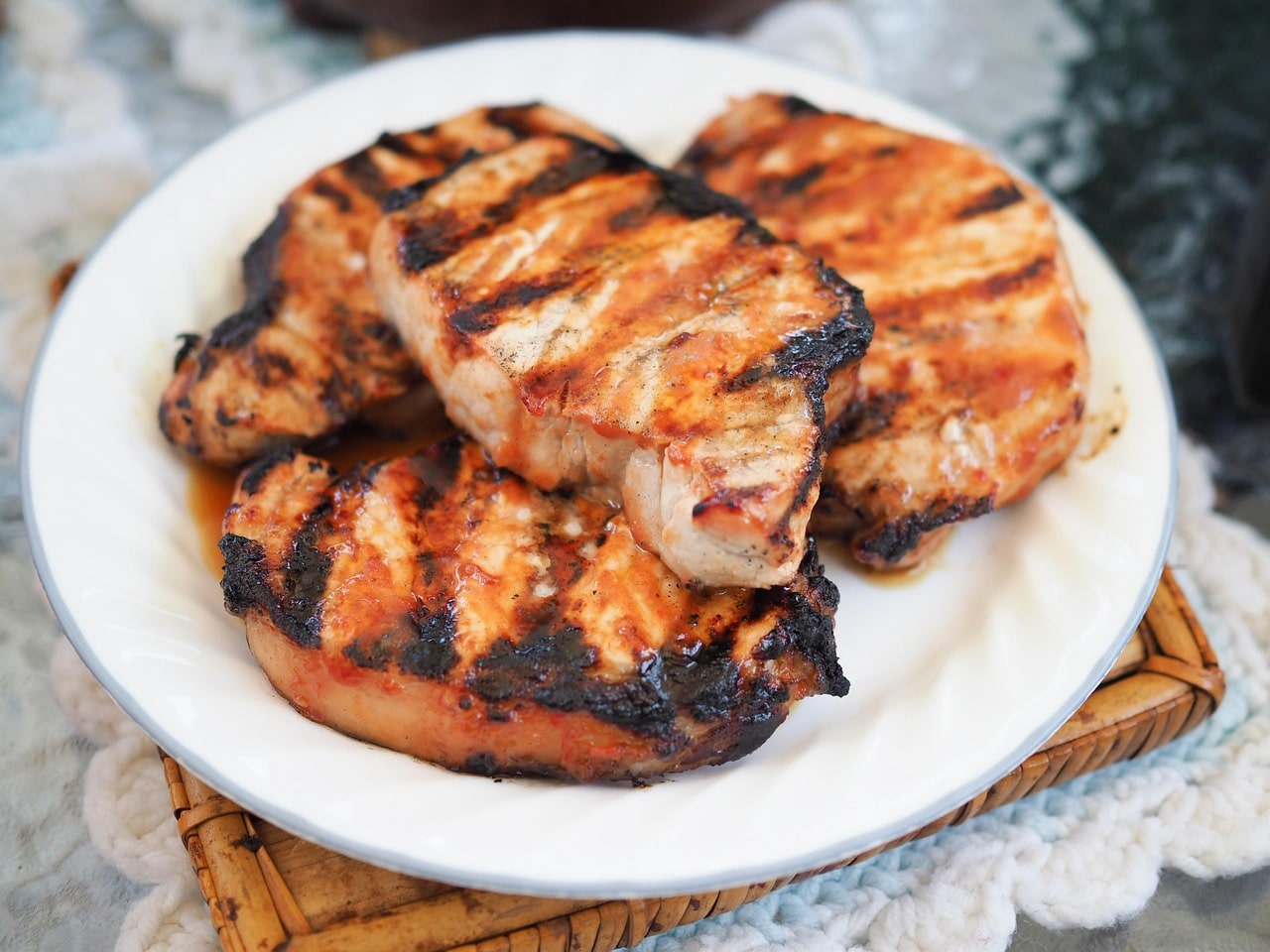
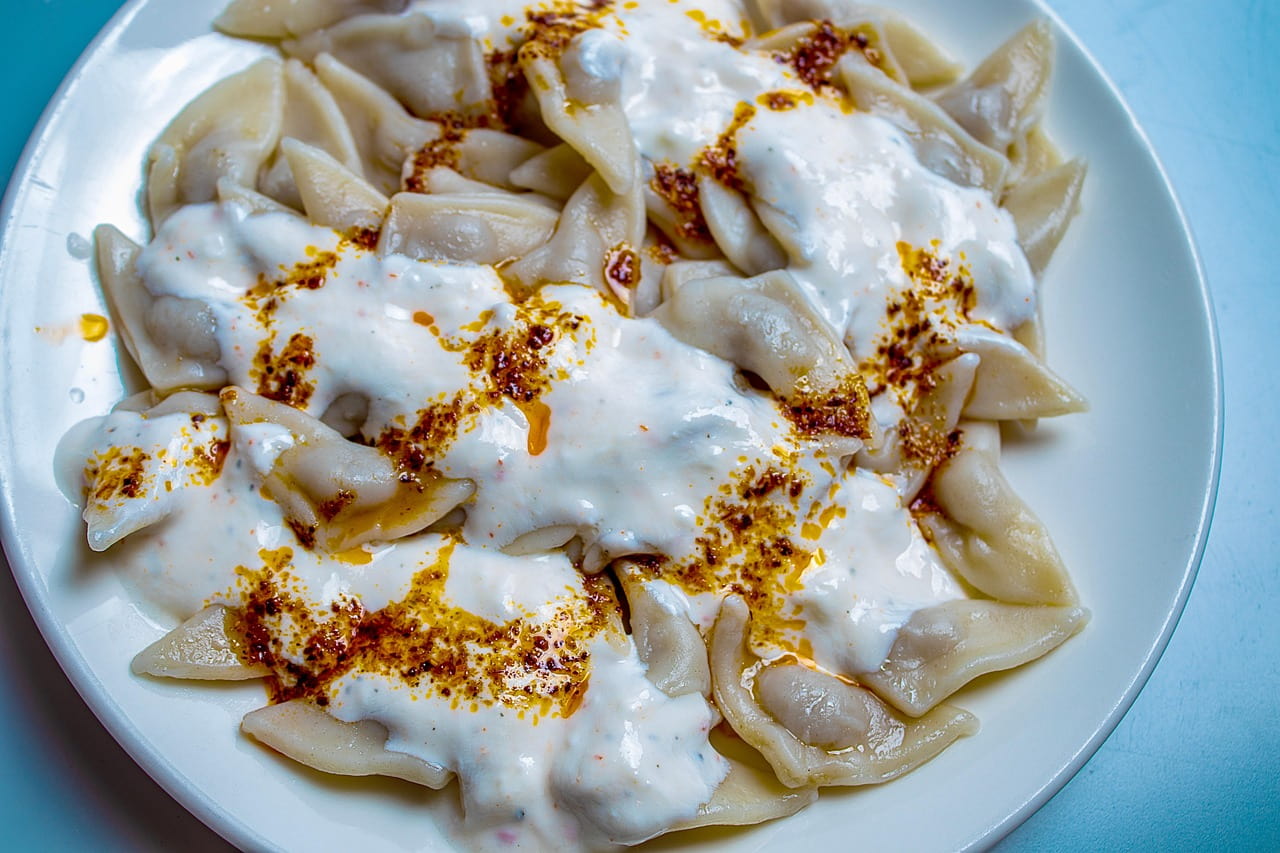
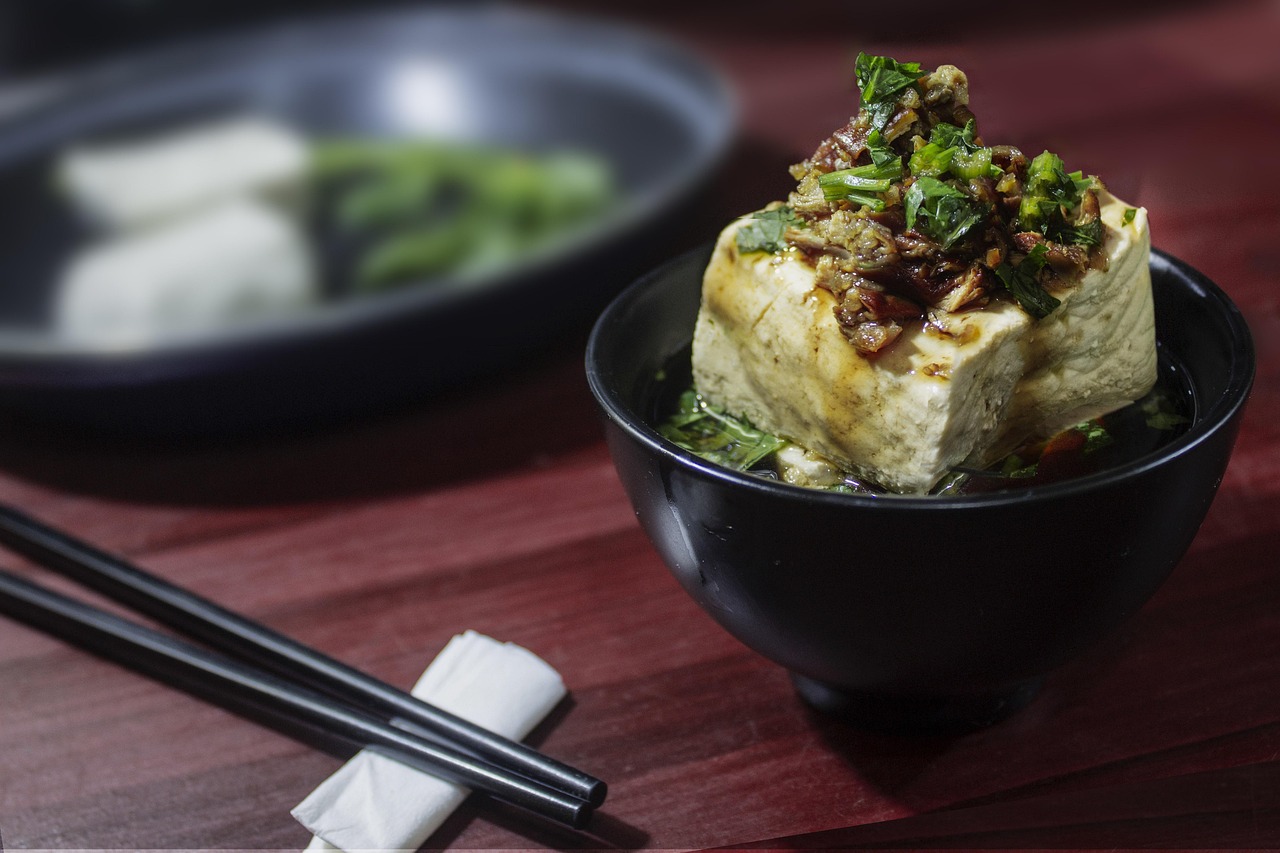

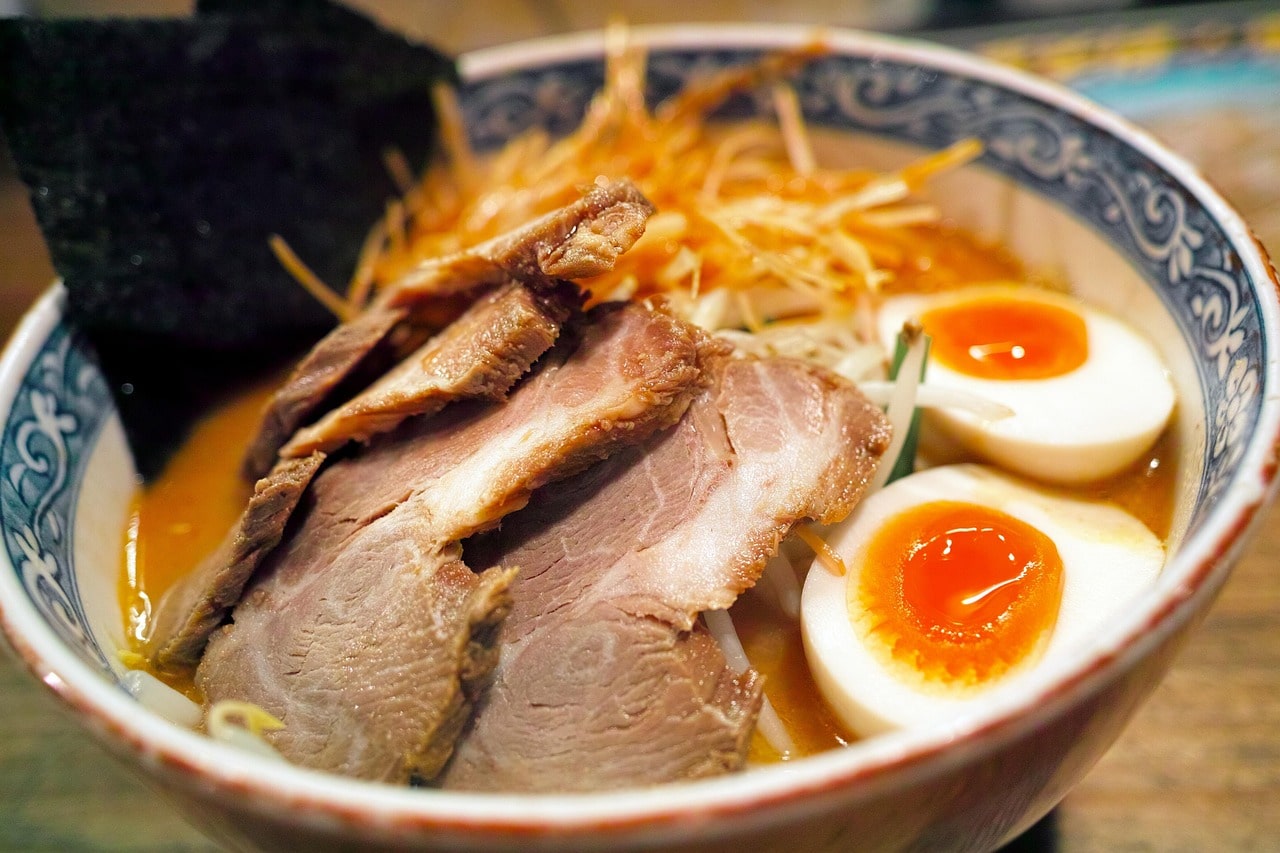
Leave a Comment